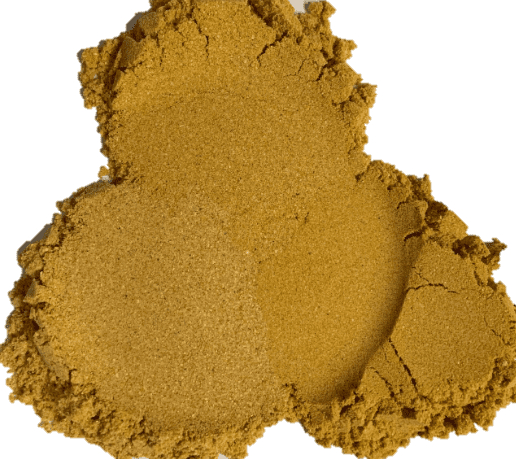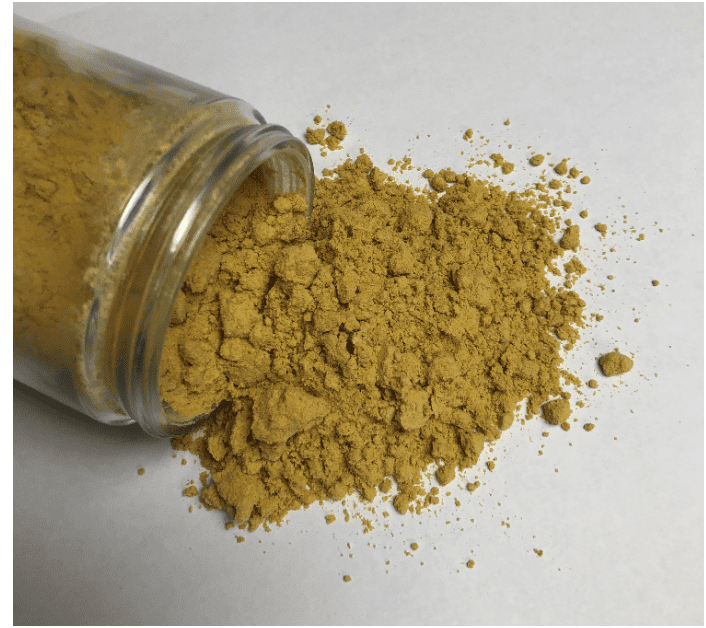ເລືອກພາສາ:
ອຸປະກອນ ST & ເຕັກໂນໂລຊີ (stet) ນ້ໍາຟຣີກຸ່ມເຕັກໂນໂລຊີແຍກຕ່າງຫາກບໍ່ດົນມານີ້ສໍາເລັດການທົດລອງຂະຫນາດເຊັ່ນທາດໂປຼຕີນຈາກການທົດສອບກ່ຽວກັບເຄື່ອງຕົ້ມກັ່ນພືດແຫ້ງດ້ວຍການລະລາຍ (DDGS), ຜົນອອກມາໃນການ +15% ເພີ່ມທະວີການໃນລິມານໂປຕີນສົມບູນຂອງເມັດພືດເຄື່ອງຕົ້ມກັ່ນໂດຍການແຍກຕ່າງຫາກຂອງທາດໂປຼຕີນແລະເສັ້ນໄຍພືດ. ນີ້ຂະບວນການສະເຫນີຜະລິດເອທານອນ, ຫຼືຜູ້ຊົມໃຊ້ສ່ວນປະກອບອາຫານ, ວິທີການປະຕິວັດຂອງການຜະລິດເປັນ 50% ທາດໂປຼຕີນຈາກ DDGS ຮ່ວມຜະລິດຕະພັນ. The premium high-protein product can be used in monogastric feed applications at high substitution ratios and, ເພາະສະນັ້ນຈຶ່ງ, can be sold at a premium.
ຫຼັກການປະຕິບັດການຂອງແຍກ stet ແມ່ນແຍກຕ່າງຫາກ electrostatic. Electrostatics has a large number of real-world industrial applications. ບາງທີອາດມີຕົວຢ່າງການພົວພັນຫຼາຍທີ່ສຸດຂອງປະກົດ electrostatic ແມ່ນຜົນກະທົບຂອງ rubbing ປູມເປົ້າໃນຜົມຂອງບຸກຄົນ. ໃນຖານະເປັນປູມເປົ້າ, ເຮັດຈາກຢາງ, ການພົວພັນກັບຜົມຂອງມະນຸດ, ປູມເປົ້າຢາງເອົາອິເລັກຕອນຈາກຜົມໄດ້. ເຫດຜົນສໍາລັບການນີ້ແມ່ນເນື່ອງຈາກ electronegativity ສູງ (i.e., ເປັນພີ່ນ້ອງກັນສໍາລັບເອເລັກໂຕຣນິກ) ຂອງຢາງ. The result is the balloon is left with a net negative charge due to extra electrons, ແລະຜົມຂອງທ່ານມີປະຈຸບວກ.
ແນ່ນອນ, ຄືຄ່າບໍລິການຫລັກກັນ, your hair stands up on end to maximize the distance between other, positively charged strands of hair. ໃນກໍລະນີຂອງ DDGS ໄດ້, ໂປຣຕີນ, and fiber acquire opposite electrical charges upon contact with each other – allowing them to be separated from each other in the high-strength electric field of the STET separator.
ອຸປະກອນ ST & Technology offers a method to differentiate ethanol-produced distillers grain by increasing the protein content and thus the value of the distillers grain as a feed ingredient. By processing with the STET separator, ເນື້ອທາດໂປຼຕີນຂອງ DDGS ແມ່ນຕະຖານເຖິງ 15% absolute by removing fiber. The benefit of this process is that the protein-rich (50% ໂປຣຕີນ) DDGS is usable as a higher-value feed ingredient and can be sold at a premium.
STET ການແຍກໄຟຟ້າສະຖິດ process is completely dry, ຕ້ອງບໍ່ມີນ້ໍາຫຼືສານເຄມີ. ການແຍກ stet ດໍາເນີນຢ່າງຕໍ່ເນື່ອງ, has a high rate (ເຖິງ 20 ໂຕນຕໍ່ຊົ່ວໂມງ), ແລະສິ້ນເປືອງພະລັງງານພຽງເລັກນ້ອຍ (ກ່ຽວກັບ 3-4 kWh / ວັດສະດຸປ້ອນຂໍ້ມູນ ton).

ຜົນປະໂຫຍດຂອງຂະບວນການ stet ການບໍາລຸງທາດໂປຼຕີນຂອງ DDGS:
ຕິດຕໍ່ພວກເຮົາໃນມື້ນີ້ທີ່ຈະຮຽນຮູ້ວິທີການ stet ສາມາດຊ່ວຍກໍາໄລຂອງຂະບວນການ bioethanol ຂອງທ່ານ!

Dried distillers grains (DDGs) are a co-product of the ethanol production process and are predominantly made from corn. DDGs are created after the fermentation process where the starches in the grain have been fermented and distilled to produce ethanol. The remaining product, which contains proteins, fibers, oils, and other nutrients, is dried to reduce moisture, making it safer for storage and shipping. DDGs are widely used in livestock feed, providing a cost-effective and nutrient-rich supplement to animal diets.
Wet Distillers Grains (WDGs) and Dried Distillers Grains differ primarily in their moisture content. WDGs have a higher moisture content and are often used locally due to their perishable nature and higher transportation costs. ກົງກັນຂ້າມ, DDGs have been dried to decrease moisture, making them more stable for long-term storage and long-distance transport. The drying process offers more flexibility in their usage and extends their shelf life significantly.
While distillers grains are a valuable feed ingredient, there are some limitations to consider. ຕົວຢ່າງ, due to high fiber content, excessive inclusion in diets of monogastric animals (like pigs and poultry) can lead to digestive issues. ນອກຈາກນີ້, their higher fat content can result in storage and handling challenges, such as becoming rancid if not managed properly. Nutrient balance is also crucial as high phosphorus levels in distillers grains can necessitate additional adjustments to the feed diet to prevent mineral imbalances in animals.
Distillers grains are not intended for human consumption in their traditional form. They are specifically designed as animal feed due to their nutrient profile, which may not align with human dietary requirements. ນອກຈາກນີ້, the processing involved in ethanol production means DDGs contain residual elements that are not suitable for human consumption. ຢ່າງໃດກໍຕາມ, research is ongoing into extracting valuable nutrients from distillers grains that might be beneficial for human food products.
Distillers grains are rich in nutrients, particularly protein and fiber. They typically contain about 25-30% ໂປຣຕີນ, making them a highly efficient protein source for livestock. They also have significant levels of essential amino acids, vitamins, and minerals. The specific nutritional composition can vary depending on the grain source and processing methods used. This nutrient density makes them an excellent supplement to feed rations in livestock production, enhancing growth and productivity while offsetting traditional feed costs.